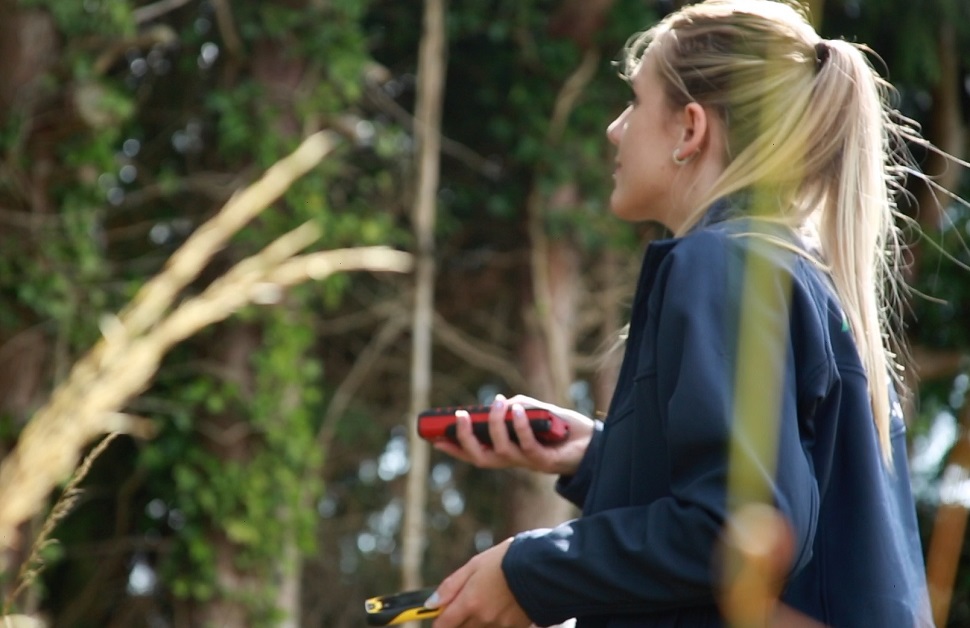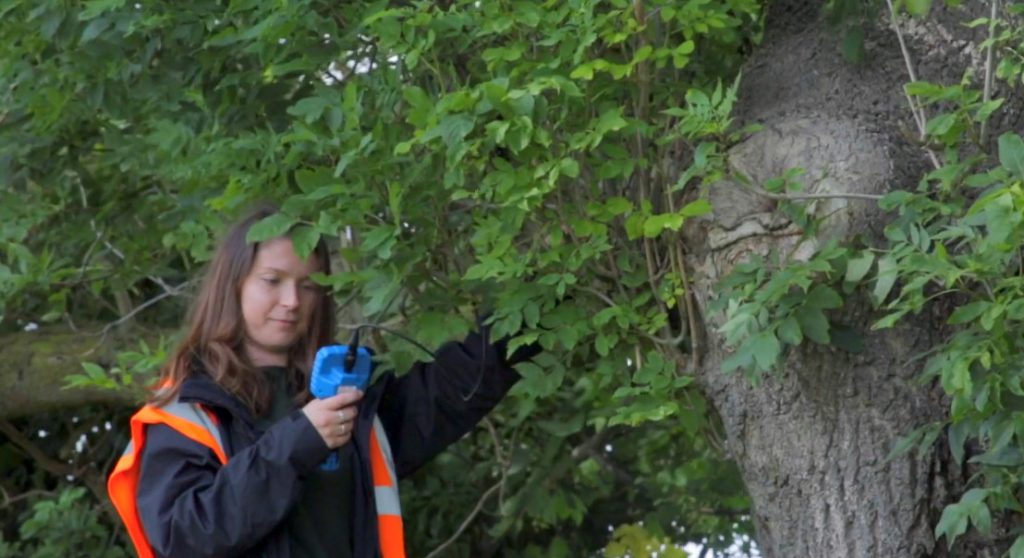Manchester’s Minimal Countryside
A thriving urban location, the City of Manchester is comprised of 38 separate areas and surrounded by ten metropolitan boroughs in the broader Greater Manchester county. As with all predominantly urban areas such as the City of Manchester, local councils are ordered to enhance the standard of biodiversity and only allow for further developments if ecological and environmental factors are considered.
The second largest city in the UK after London, Manchester has limited rural areas, with the most popular including Chorlton Water Park, Debdale Park, Heaton Park and Wythenshawe Park. As it continues to grow in size and stature, the City of Manchester becomes more reminiscent of London by the year. Unfortunately, allowing for developers to stage further planning projects means that any remaining countryside areas of the city are under threat and biodiversity is set to take an unavoidable hit.
In an effort to counteract the natural degradation of the environment caused by developments, the City of Trees initiative aims to plant countless new trees in Manchester, increasing the number of trees, expanding woodland areas, improving air quality, and supporting the environment. Currently, the City of Trees has planted over 500,000 trees and built on woodland by more than 250 hectares.
Between independent and government-supported initiatives that intend to increase the number of trees in Manchester and policies enforced by local councils that preserve and protect specific trees at all costs, developers are likely to undergo multiple stumbling blocks during their project, particularly if existing trees are present on the site. Fortunately, however, developers can move forward with their project and secure planning conditions by reaching out to an arboricultural consultancy for a tree survey.
Tree Strategy for the City of Manchester
Information on the efforts by Manchester City Council and the local authorities throughout Greater Manchester to conserve, preserve and protect trees can be found on their website. The two primary protections are tree preservation orders (TPOs) and conservation areas. Under certain pieces of legislation – particularly section 198 of the Town and Country Planning Act 1990 – specific trees can be placed under a tree preservation order (TPO) to restrict disturbance and wilful damage to the trees in question.
Whenever a proposed development is likely to disrupt a tree under an existing TPO, the developer would first need to gain consent from the local council, as all trees under TPOs are controlled by the corresponding council. Conservation areas are similar to TPOs but with an emphasis on specific zones rather than individual trees. For example, a planning project could involve a listed conservation area, and if it does, the local council would need to be given six weeks’ notice before trees within the area face any disturbance as a result of the development.

BS5837 Tree Surveys and Reports
Even the baseline restrictions over trees from Tree Preservation Orders and listed areas of conservation could pose obstructions to developers. It is possible to bypass any problems relating to trees on the specific development site by arranging for us to discuss options and provide tree surveys with a licensed, qualified and capable arboriculturist, namely the British Standard 5837 tree survey. On a set date, an arboricultural surveyor will visit the site to conduct the BS5837 (2012) tree survey. At this point, all trees present on the site will be analysed at ground level before the arboriculturist marks each of them with a grading based on value and physiological and structural condition, taking into account tree stock, any structural defects and potential risks for health and safety purposes.
Using the grading given to each tree, the arboricultural consultant will choose the best course of action. In any circumstance, the priority outcome would be to retain trees that are in a good state and possess value. If these sorts of trees are hindering the development plans in a way that is impossible to avoid, the arboriculturist may choose to move them elsewhere on or off the site or destroy them before planting a tree of equal quality to compensate. Destroying trees will also happen if the trees are poor in quality, breach tree safety, or don’t hold enough value to be worth retaining on the site.
Including a combination of information about the arboricultural survey, details about surrounding trees and trees on the site, and suggestions of any necessary further tree survey services, the arboriculturist will develop a tree report immediately after. As it will feature clearly explained next steps for every tree on the site and other key features such as a tree constraints plan (TCP), the tree survey report will play a crucial role in planning applications, as the local planning authority within Manchester City Council and the various Greater Manchester authorities will base their decision to grant or deny a planning application on the contents of tree reports.
Manchester Tree Experts
Following more than 15 years of experience satisfying clients across the country with arboricultural and ecological surveys, Arbtech is a worthy option for visiting your site and undertaking a tree survey. We are strict with the arboriculturists we hire, so you can rest assured that any arboricultural consultants sent to your site possess the knowledge, expertise and experience on tree-related issues, and the know-how to carry out a tree survey capable of supporting your application for a planning condition, all conducted with sufficient professional indemnity and public liability insurance and adherence to health and safety protocols.
Covering the entire country, our arboricultural surveyors are distributed all over the UK, meaning we are ready and able to attend your site within a moment’s notice. As well as a BS5837 tree survey for planning with the supporting documentation such as arboricultural survey reports and a Tree Constraints Plan (TCP), our tree services extend to further Manchester tree surveys, including an arboricultural impact assessment (AIA), an arboricultural method statement (AMS), a tree protection plan (TPP), health and safety tree surveys, and a tree risk assessment for mortgage purposes if such a report is requested by mortgage lenders or mortgage providers.
Request a Quote from Our Arboricultural Consultancy
In order to prevent any indirect or direct damage to trees in relation to design, demolition and construction, a tree survey will be needed for our tree consultants in Manchester to provide the necessary arboricultural advice regarding potential tree problems. Although we typically assist individuals developing land with tree reports for the corresponding local planning authorities, we can offer risk management to tree-related issues for a range of people, including tree owners who need essential tree management support.
All you need to do is speak to our team by calling the number above or filling in the contact form, provide us with details of your site and project, and we will send you a free quote. If you are happy with the quote, get in touch as soon as possible to confirm that you would like to move forward with us, and our team will work with you to decide on a date for an arboriculturist to stage a BS5837 tree survey or any other tree survey you require during a site visit and assist with meeting the arboricultural requirements of your local planning authority.


